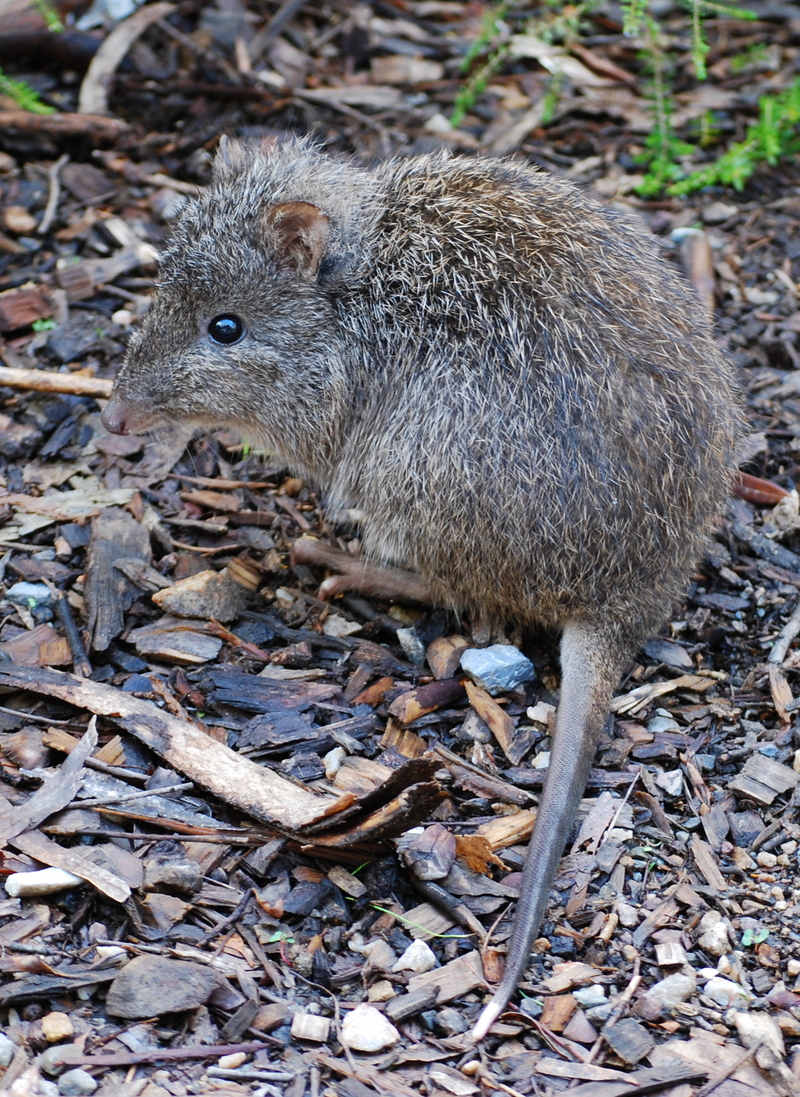|
| 질의: Brown rat | 결과: 106번째/132 | |
long-nosed potoroo (Potorous tridactylus)
| 제목: | long-nosed potoroo (Potorous tridactylus)
| | 올린이: | Wiki Photos (---@---.---)
| |

| 해상도: 1592x2184
파일크기: 1912935 Bytes
촬영일: 2008:05:02 12:04:22
사진기: NIKON D40X (NIKON CORPORATION)
F number: f/4.5
Exposure: 10/200 sec
Focal Length: 660/10
등록시간: 2017:02:03 23:15:51
|
Description Long-nosed Potoroo (Potorous tridactylus). At Cleland Wildlife Park, South Australia
Date June 2008
Author Peripitus https://commons.wikimedia.org/wiki/User:Peripitus
Source: https://commons.wikimedia.org/wiki/File:Potorous_tridactylus_-_profile.JPG
The long-nosed potoroo (Potorous tridactylus) is a species of Australian potoroo. These small marsupials are part of the rat-kangaroo family. The long-nosed potoroo contains two subspecies, P. t. tridactylus from Mainland Australia, and P. t. apicalis from Tasmania. At first glance, the long-nosed potoroo with its pointed nose and grey-brown fur looks very much like a bandicoot — that is, until it hops away with its front feet tucked into its chest, revealing its close relationship with the kangaroo family. Order: Diprotodontia, Family: Potoroidae, Genus: Potorous, Species: Potorous tridactylus (Kerr, 1792).
Subspecies:
Potorous tridactylus tridactylus
Potorous tridactylus apicalis |
^o^
동물그림창고 똑똑전화 누리집
^o^
|
|

